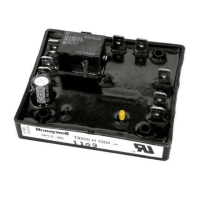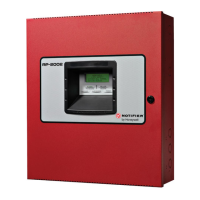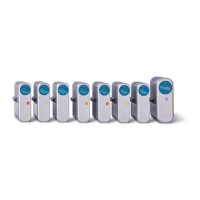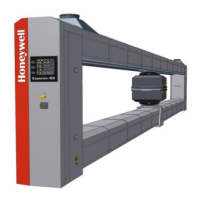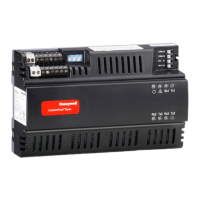Honeywell !!i$!!!!i.cE
3. B.
(4) Autopi1ot Engage Logic
The autopilot engage logic diagram is shown
in Figure 256. Servo
engagement is under software control, however, both hardware and
software monitors can either prevent engagement or cause a
disengagement
if a failure occurs. All logic gates shown in
Figure 256 are actually software within the FGC.
(a) Pushbutton Switch Discrete Inputs
● GP-820 (Push On/Off)
- AP pushbutton
● Aircraft Panel (Push On/Off)
- YD pushbutton
- Trim pushbutton
● Manual disconnect pushbuttons
- AP quick-disconnect
- YD quick-disconnect (not used, wired to ground)
- Trim quick-disconnect
- Go-around
- TCS
- Manual trim switches (disconnectAP only)
. Miscellaneous Discrete Inputs
- Weight-on-wheels
- Stall warning
(b) Servo Engage Control
Relays K2, K3, and K4 are used for servo engage control. The
purpose of the servo engage control is to engage the servo
clutches and activate servo brakes as well as completing the
motor drive circuits.
The servo engage control provides engage
status information for use by the servo switching monitors and
for transmission on the ASCB.
When relay K2 is energized, the
aileron and elevator servo clutches are engaged and the aileron
and elevator servo commands are allowed to drive the servo.
The cross-side servo’s brakes are applied
as well to prevent
the cross-side from engaging.
When relay K3 is energized, the
rudder actuator brake excitation is applied and the rudder
command is allowed to drive the actuator. When relay K4 is
energized, the trim servo clutch is engaged and the trim servo
commands are allowed to drive the servo.
The cross-side brake
is applied as well to prevent the cross-side from engaging.
Both fault warning computers receive AP and YD clutch inputs
which are used for computing the EICAS messages and the aurel
alerts.
22-14-00
Page 298.73
Aug 15/91
Use or disclosure of information on this page is subject to the restrictions on the title page of this document,

